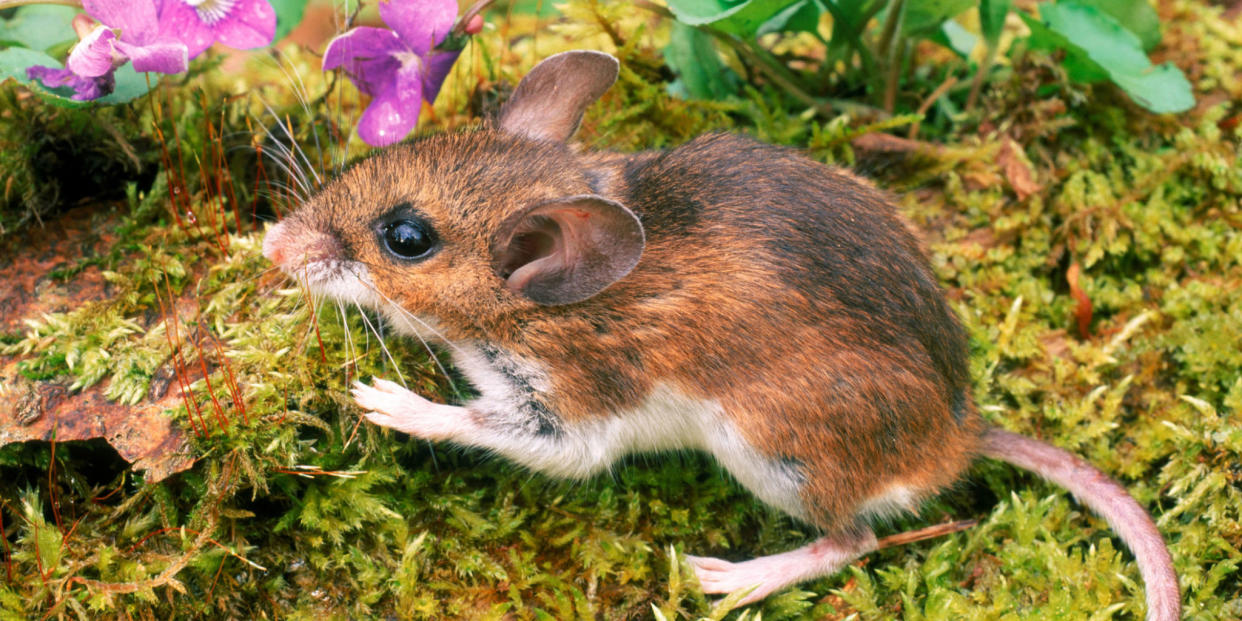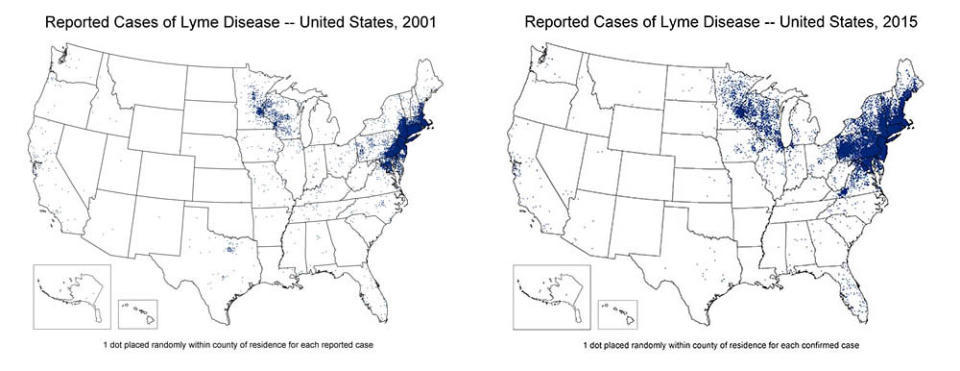Reports Say 2017 Could Be a Very Bad Year For Lyme Disease

For most, last summer's mouse plague in New York's Hudson River Valley was merely a nuisance. But for ecologists who study Lyme disease, it was a major cause for worry.
"An individual mouse might have 50, 60, even 100 ticks covering its ears and face," Rick Ostfeld, an ecologist at the Cary Institute of Ecosystem Studies in Millbrook, N.Y, told NPR.
In the 20 years that Ostfeld and his wife Felicia Keesing, who is an ecologist at Bard College, have studied Lyme disease they've been able to predict how bad a season will be by looking at the number of mice the year prior.
While many associate the spread of infected ticks with deer, mice are one of the worst carriers in the Northeast since they infect 95 percent of ticks that feed on them.
"We're anticipating 2017 to be a particularly risky year for Lyme," Ostfeld says.
In the last few decades, Lyme disease has exploded in the Northeast and is now in 260 counties on the East Coast from Maine to Virginia and has made its way into the Midwest as well, according to Centers for Disease Control and Prevention reports from 2015.

"In the Northeast, most people catch Lyme around their homes," epidemiologist Kiersten Kugeler at the CDC told NPR. "What's important for people to know is that the ticks are spreading to new areas - and tick-borne diseases are coming with them."
So if you noticed a lot of mice around your house last summer in an area that Lyme exists, be sure to be extra vigilant this summer and follow this tips to keep them off you.
You Might Also Like

